Will Jupiter’s Great Red Spot Turn Into A Wee Red Dot? by BOB KING
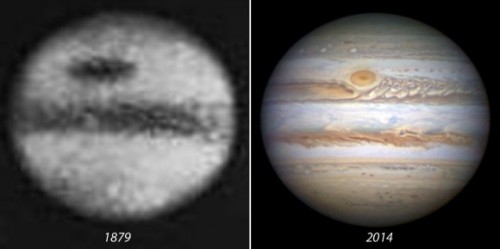
Will Jupiter’s Great Red Spot turn into a wee red dot? by BOB KING
Watch out! One day it may just go away. Jupiter’s most celebrated atmospheric beauty mark, the Great Red Spot (GRS), has been shrinking for years. When I was a kid in the ’60s peering through my Edmund 6-inch reflector, not only was the Spot decidedly red, but it was extremely easy to see. Back then it really did span three Earths. Not anymore.
In the 1880s the GRS resembled a huge blimp gliding high above white crystalline clouds of ammonia and spanned 40,000 km (25, 000 miles) across. You couldn’t miss it even in those small brass refractors that were the standard amateur observing gear back in the day. Nearly one hundred years later in 1979, the Spot’s north-south extent has remained virtually unchanged, but it’s girth had shrunk to 25,000 km (15,535 miles) or just shy of two Earth diameters. Recent work done by expert astrophotographer Damian Peach using the WINJUPOS program to precisely measure the GRS in high resolution photos over the past 10 years indicates a continued steady shrinkage:
2003 Feb – 18,420km (11,445 miles)
2005 Apr – 18,000km (11,184)
2010 Sep – 17,624km (10,951)
2013 Jan – 16,954km (10,534)
2013 Sep – 15,894km (9,876)
2013 Dec – 15,302km (9,508) = 1.2 Earth diameters
If these figures stand up to professional scrutiny, it make one wonder how long the spot will continue to be a planetary highlight. It also helps explain why it’s become rather difficult to see in smaller telescopes in recent years. Yes, it’s been paler than normal and that’s played a big part, but combine pallor with a hundred-plus years of downsizing and it’s no wonder beginning amateur astronomers often struggle to locate the Spot in smaller telescopes. This observing season the Spot has developed a more pronounced red color, but unless you know what to look for, you may miss it entirely unless the local atmospheric seeing is excellent.
Not only has the Spot been shrinking, its rotation period has been speeding up. Older references give the period of one rotation at 6 days. John Rogers (British Astronomical Assn.) published a 2012 paper on the evolution of the GRS and discovered that between 2006 to 2012 – the same time as the Spot has been steadily shrinking – its rotation period has spun up to 4 days. As it shrinks, the storm appears to be conserving angular momentum by spinning faster the same way an ice skater spins up when she pulls in her arms.
Rogers also estimated a max wind speed of 300 mph, up from about 250 mph in 2006. Despite its smaller girth, this Jovian hurricane’s winds pack more punch than ever. Even more fascinating, the Great Red Spot may have even disappeared altogether from 1713 to 1830 before reappearing in 1831 as a long, pale “hollow”. According to Rogers, no observations or sketches of that era mention it. Surely something so prominent wouldn’t be missed. This begs the question of what happened in 1831. Was the “hollow” the genesis of a brand new Red Spot unrelated to the one first seen by astronomer Giovanni Cassini in 1665? Or was it the resurgence of Cassini’s Spot?
Clearly, the GRS waxes and wanes but exactly what makes it persist? By all accounts, it should have dissipated after just a few decades in Jupiter’s turbulent environment, but a new model developed by Pedram Hassanzadeh, a postdoctoral fellow at Harvard University, and Philip Marcus, a professor of fluid dynamics at the University of California-Berkeley, may help to explain its longevity. At least three factors appear to be at play:
* Jupiter has no land masses. Once a large storm forms, it can sustain itself for much longer than a hurricane on Earth, which plays itself out soon after making landfall.
* Eat or be eaten: A large vortex or whirlpool like the GRS can merge with and absorb energy from numerous smaller vortices carried along by the jet streams.
* In the Hassanzadeh and Marcus model, as the storm loses energy, it’s rejuvenated by vertical winds that transport hot and cold gases in and out of the Spot, restoring its energy. Their model also predicts radial or converging winds within the Spot that suck air from neighboring jet streams toward its center. The energy gained sustains the GRS.
If the shrinkage continues, “Great” may soon have to be dropped from the Red Spot’s title. In the meantime, Oval BA (nicknamed Red Spot Jr.) and about half the size of the GRS, waits in the wings. Located along the edge of the South Temperate Belt on the opposite side of the planet from the GRS, Oval BA formed from the merger of three smaller white ovals between 1998 and 2000. Will it give the hallowed storm a run for its money? We’ll be watching.
At left, photo of Jupiter’s enormous Great Red Spot in 1879 from Agnes Clerk’s Book ” A History of Astronomy in the 19th Century”. At right, Jupiter on Jan. 10, 2014. Credit: Damian Peach
More Posts from Astrotidbits-blog and Others
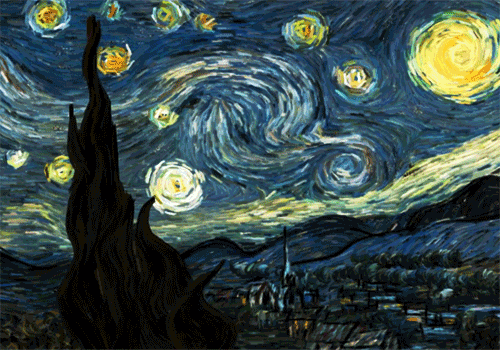
Starry Night,
Vincent Van Gogh
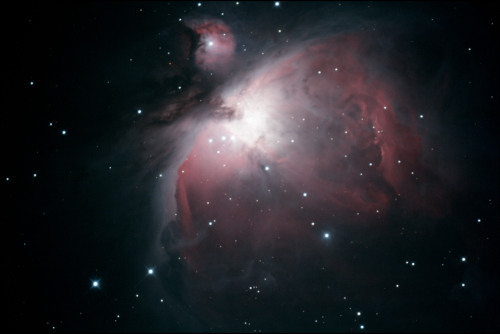
Goodbye to M42 for this year. But I’ll see you again in November. Meanwhile I can look at this picture I took in January of this year.
www.astrotidbits.com
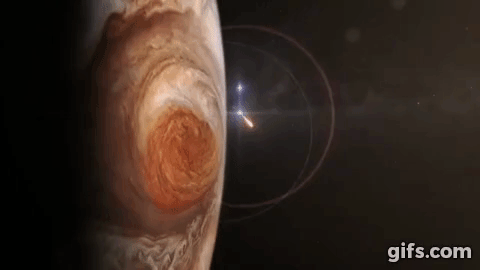
Infrared Jupiter looks hot as Juno spacecraft approaches
NASA’s mission to explore the Jovian system has almost reached its destination, and telescopes on Earth are capturing some especially fiery images of the planet to help.

The Clansman PRC-320 - Plessey RT-320 Military Manpack Transciever [HD] - M0VST (by markbeermonster)
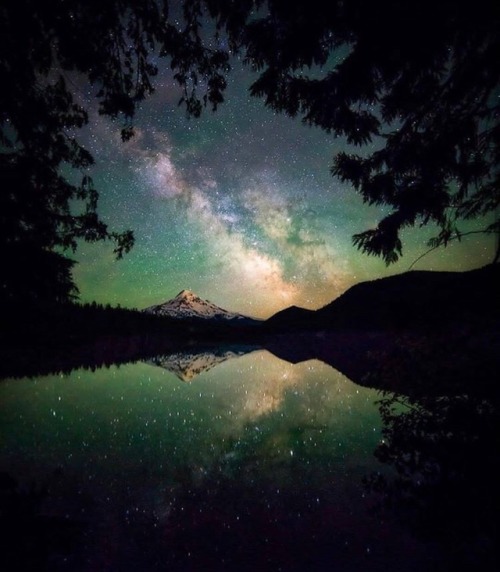
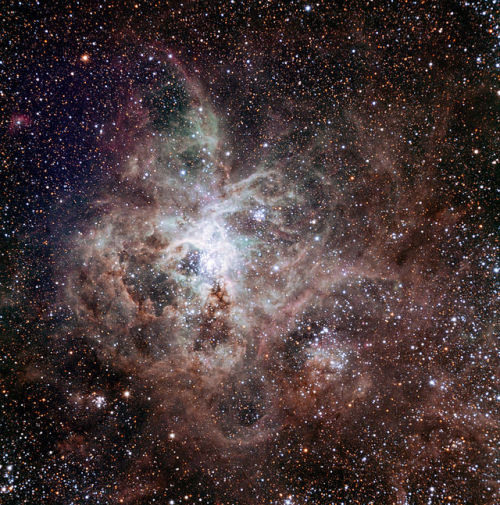
Tarantula Nebula
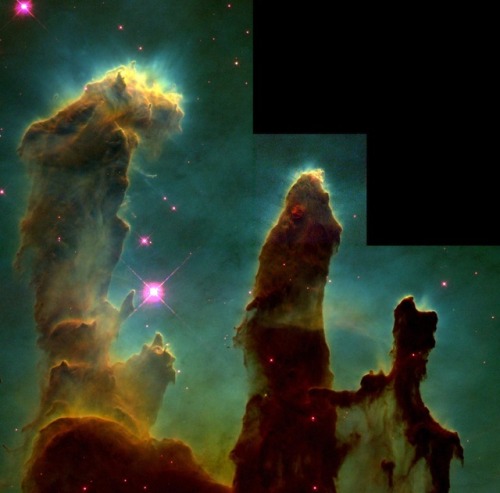
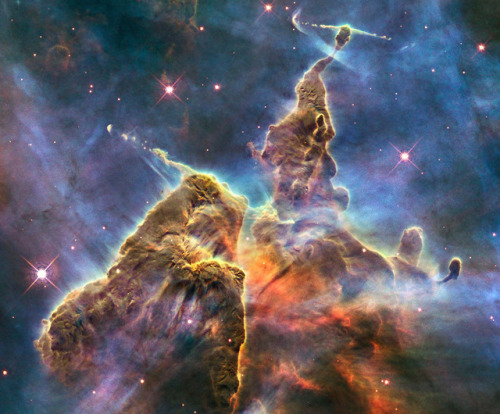
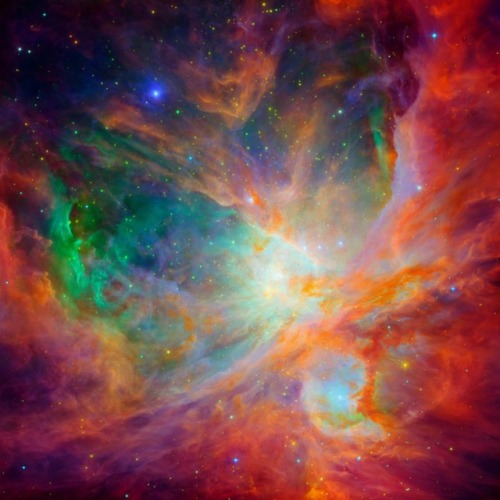
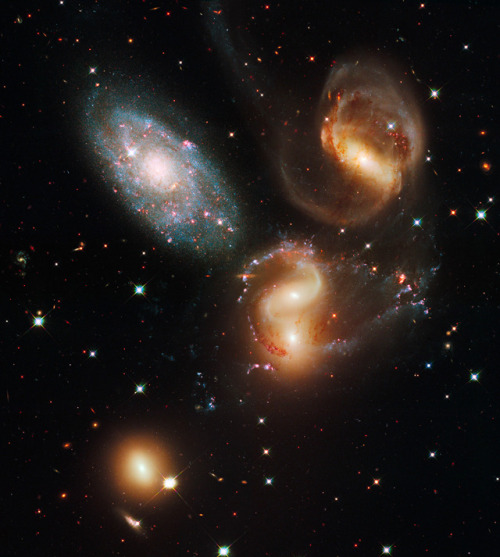
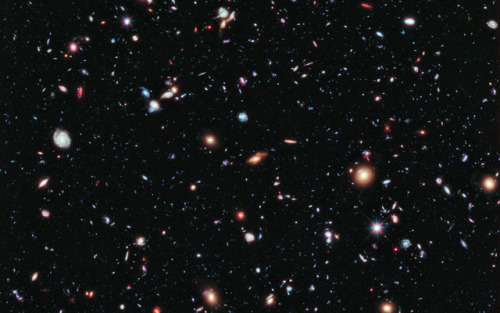
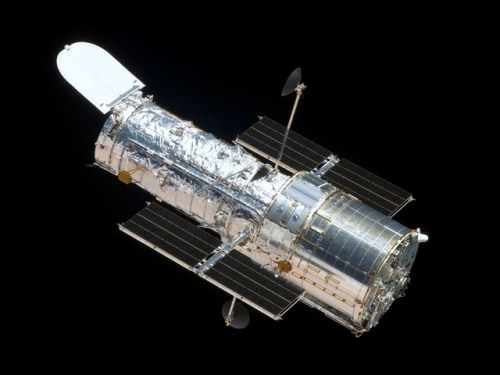
Just some eye candy from the Hubble Space Telescope. One of the great scientific achievements of our time.
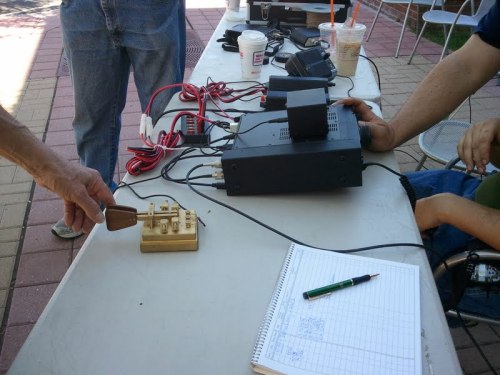
Just a typical Saturday in our courtyard calling Ohio using Morse code.
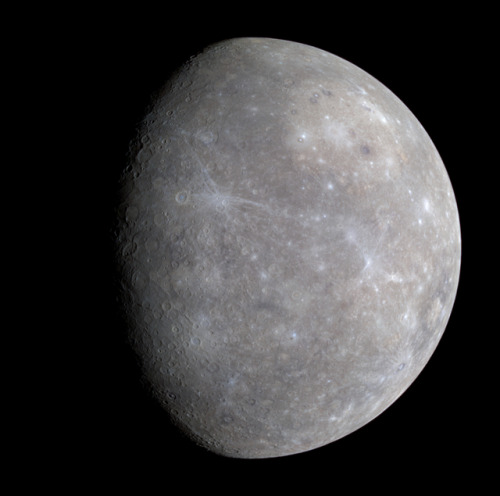
Mercury in enhanced color, imaged by MESSENGER
Credit: NASA / JPL
-
 maelcholuim liked this · 7 years ago
maelcholuim liked this · 7 years ago -
 astrotidbits-blog reblogged this · 8 years ago
astrotidbits-blog reblogged this · 8 years ago -
 astrotidbits-blog liked this · 8 years ago
astrotidbits-blog liked this · 8 years ago -
 danielalanbthegood liked this · 9 years ago
danielalanbthegood liked this · 9 years ago -
 evailable liked this · 9 years ago
evailable liked this · 9 years ago -
 jimmyfury liked this · 9 years ago
jimmyfury liked this · 9 years ago -
 mishak68 liked this · 9 years ago
mishak68 liked this · 9 years ago -
 purplequeenh reblogged this · 9 years ago
purplequeenh reblogged this · 9 years ago -
 purplequeenh liked this · 9 years ago
purplequeenh liked this · 9 years ago -
 gravitationalbeauty-official reblogged this · 9 years ago
gravitationalbeauty-official reblogged this · 9 years ago -
 laufiend liked this · 10 years ago
laufiend liked this · 10 years ago -
 a-golden-rhys liked this · 10 years ago
a-golden-rhys liked this · 10 years ago -
 bluedragon-silence reblogged this · 10 years ago
bluedragon-silence reblogged this · 10 years ago -
 will-oh-whisper liked this · 10 years ago
will-oh-whisper liked this · 10 years ago -
 just-a-wormm reblogged this · 10 years ago
just-a-wormm reblogged this · 10 years ago -
 orgasmic-mermaid reblogged this · 10 years ago
orgasmic-mermaid reblogged this · 10 years ago -
 hemelenoleannn liked this · 10 years ago
hemelenoleannn liked this · 10 years ago -
 onionat0r liked this · 10 years ago
onionat0r liked this · 10 years ago -
 incorrigible-ixoreus reblogged this · 10 years ago
incorrigible-ixoreus reblogged this · 10 years ago -
 incorrigible-ixoreus liked this · 10 years ago
incorrigible-ixoreus liked this · 10 years ago -
 greaterfleshmachine reblogged this · 10 years ago
greaterfleshmachine reblogged this · 10 years ago -
 arishok-s reblogged this · 10 years ago
arishok-s reblogged this · 10 years ago -
 amethystablaze liked this · 10 years ago
amethystablaze liked this · 10 years ago -
 pipius reblogged this · 10 years ago
pipius reblogged this · 10 years ago -
 idonotliketheconeofshamesblog reblogged this · 10 years ago
idonotliketheconeofshamesblog reblogged this · 10 years ago -
 starryvacuum liked this · 10 years ago
starryvacuum liked this · 10 years ago -
 dearkurisu liked this · 10 years ago
dearkurisu liked this · 10 years ago -
 joejoat reblogged this · 10 years ago
joejoat reblogged this · 10 years ago -
 joejoat liked this · 10 years ago
joejoat liked this · 10 years ago -
 zvezdasneba reblogged this · 10 years ago
zvezdasneba reblogged this · 10 years ago -
 declanpipkin reblogged this · 10 years ago
declanpipkin reblogged this · 10 years ago -
 declanpipkin liked this · 10 years ago
declanpipkin liked this · 10 years ago -
 lavander-scent liked this · 10 years ago
lavander-scent liked this · 10 years ago -
 aeldari liked this · 10 years ago
aeldari liked this · 10 years ago -
 thoths-foundry-blog liked this · 10 years ago
thoths-foundry-blog liked this · 10 years ago -
 smaughetti reblogged this · 10 years ago
smaughetti reblogged this · 10 years ago -
 smaughetti liked this · 10 years ago
smaughetti liked this · 10 years ago -
 toocats reblogged this · 10 years ago
toocats reblogged this · 10 years ago -
 butcherhog reblogged this · 10 years ago
butcherhog reblogged this · 10 years ago -
 butcherhog liked this · 10 years ago
butcherhog liked this · 10 years ago -
 vaderslocker liked this · 10 years ago
vaderslocker liked this · 10 years ago